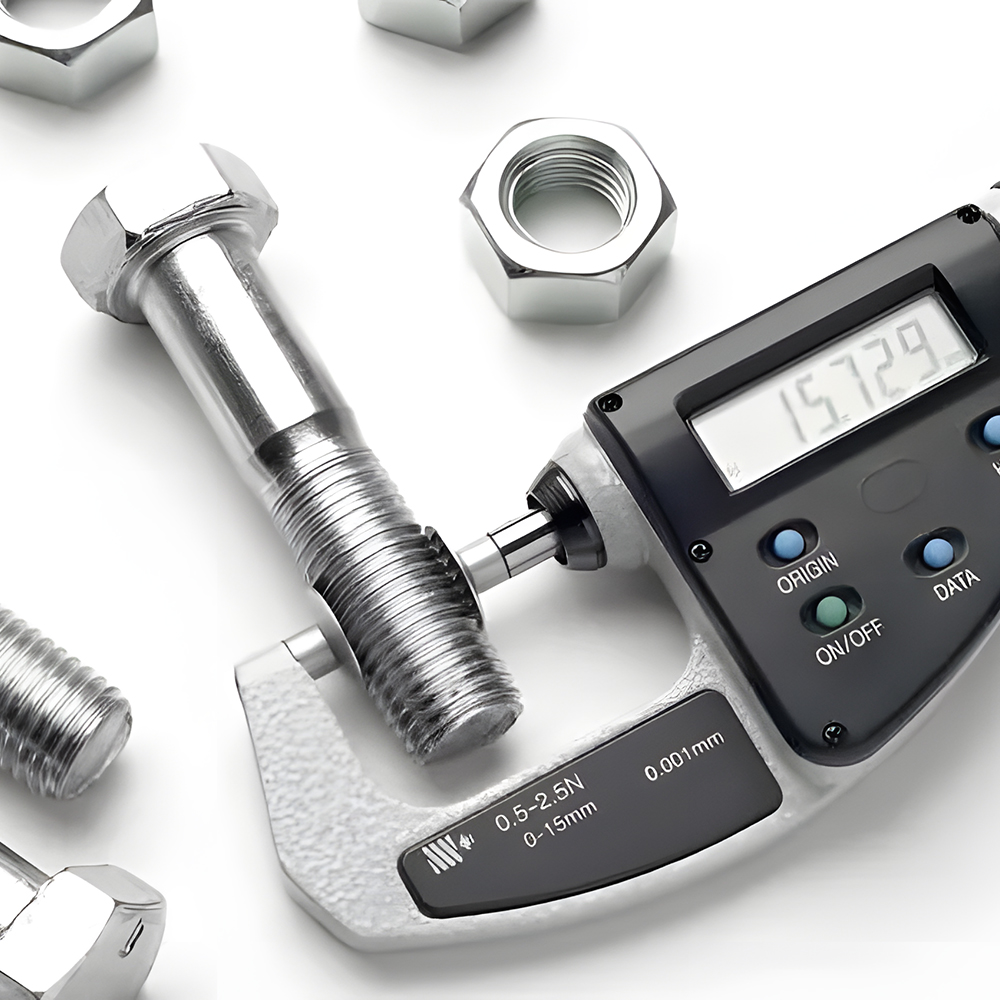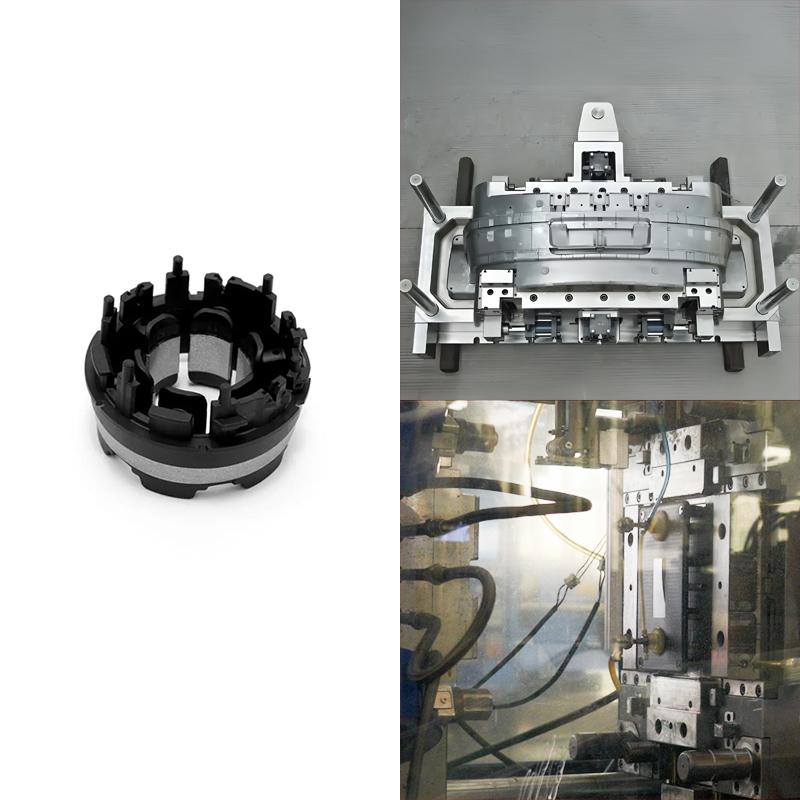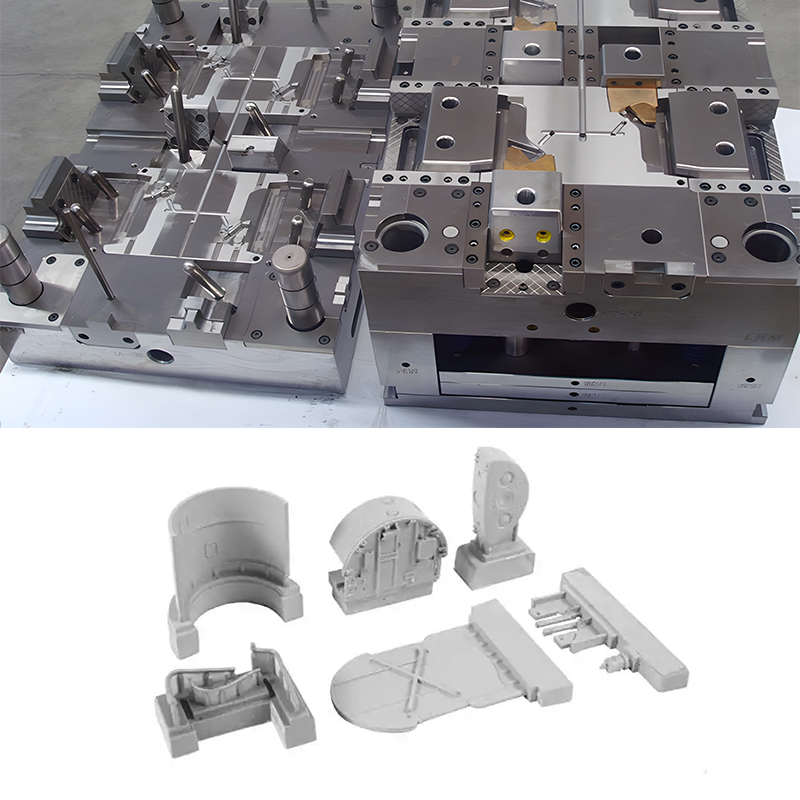The word “metrology” comes from the Greek words “metron,” meaning measure, and “logos,” meaning study. So, metrology literally means “the study of measurement.” According to the Bureau International des Poids et des Mesures (BIPM), metrology is the science of measurement. It covers both experimental and theoretical aspects and applies to all levels of uncertainty across different fields of science and technology.
Metrology dates back centuries to centuries before the first commercial transactions. Egyptians decided to measure one foot, from which foot measurements stemmed. In their definition, the Egyptians defined the length of the Roman finger and the Roman foot. They precisely showed that Roman feet are 16 fingers; 296 352µm, too precise description!
It is important to note that metrology arose mainly for economic purposes. Measurement in metrology recognizes that accuracy determines the exchange of materials, while a measurement error can influence the completeness of a transaction. Modern metrology differs from today and applies in some big technological domains.
General Definition of Metrology
Metrology, as a discipline, deals with the science of measurement. Creating a joint measurement base is vital, like giving a universal meaning to the measurement units of meters, kilograms, and seconds. This standardized approach helps make the measurements standard consistent and fit for use within and across science, engineering, and commerce.
It is also used in daily life but is mostly unrecognized. Particular aspects of metrology are measuring products used in new and developing technologies, product quality, and safety. All these aspects help to advance the technological field or detect when systems are off.
Through this generic structure, metrology contributes to the reliability of measurements that form the foundation of today’s society.
Industrial Definition of Metrology
Industrial metrology is a branch involved in manufacturing and using measurements in industries. It aims to make measurement standards accurate and reliable, which is vital for the quality of the products we use daily.
Industrial metrology employs sophisticated instruments and procedures to measure characteristics. It ensures process quality control, indicating potential changes that may lead to defective products. This discipline comprises quality control, which helps ensure that products conform to design and regulatory requirements.
Industrial metrology helps minimize waste, increase efficiency, and enhance the global competitiveness of producers of manufactured goods.
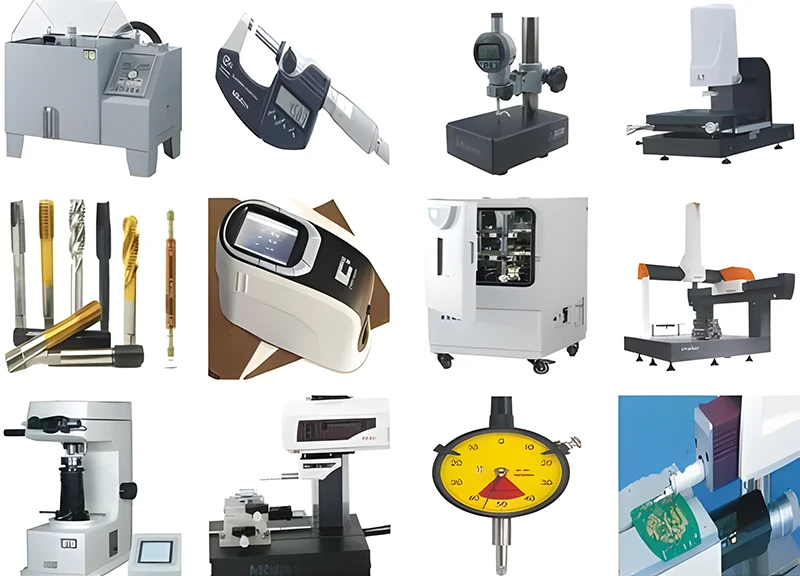
Legal Definition of Metrology
Legal metrology is a branch of metrology that deals with legal aspects of measurements. It aims to protect consumer interests and fairness, comparability, and reliability of measurements. Legal metrology is essential in commerce mainly because definitions and measurements provide standards that prevent dishonesty or uncertainty to customers or business entities.
Legal metrology implies the measurement of balances used in markets, fuel volume sold from pumps at the service stations, and measurements made on packaged commodities. Thus, compliance with legal metrology rules helps avoid fraud in sales and purchases. The compliance protects consumers from receiving low-quality goods and guarantees equal conditions for business competition.
This regulation creates confidence within and between the market players. It further contributes to economic stability and assures that measurement standards are uniform across the regional and industrial segments.
Scientific Definition of Metrology
Scientific metrology is concerned with creating, maintaining, and improving measurement reference systems. It involves establishing and sustaining measurement standards that are acceptable internationally and that link back to the base SI.
Scientific metrology involves identifying base units. These units include units of length, mass, and time, such as meters, kilograms, and seconds, among others, to ensure that the units are accurately defined and applied.
In this way, scientific metrology contributes to creating and implementing measurement standards in research, experimentation, and innovation. Consequently, it ensures comparable and reliable measurement quality in various scientific fields worldwide.
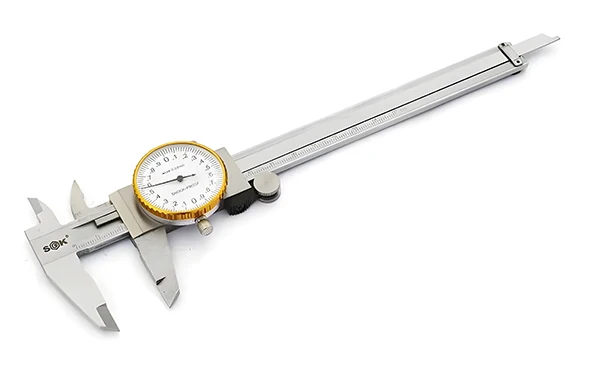
The term “metrology” originates from the ancient Greek words “metron,” meaning measure, and “logos,” meaning study. Essentially, metrology is the science of measurement. So, to understand metrology, we first need to ask, “What exactly is measurement?
Measurement Standards
Measurement, in its simplest definition, is finding the magnitude of an item or the extent of a phenomenon. This involves comparing an attribute of an object or a phenomenon, for instance, the length, mass, volume, time, and temperature, among others, with a reference or unit. Measurement involves expressing some observable phenomena in terms of comparable numerical values.
Another significant part of measurement is quantification. Measurement deals with the numerical expression of the degree of the property under measurement. This numerical representation is handy because it provides an apparent and quantitative way of looking at different attributes.
Standardization is another important aspect of measurement. It involves the usage of standardized units or standards for comparison in other contexts. If measurements are not standardized, they could be imprecise, and comparing different values and sharing the data may become challenging.
Precision and accuracy are two of the most basic measurement objectives. Precision is getting successive observations using the same methodology or in different instances under the same environmental circumstances. Accuracy, conversely, is defined as the nearness of the actual output or measured value to the proper or standard value. Accuracy and precision lead to a preferable feature for measurement. It is indispensable in various disciplines, including scientific research, engineering, and general usage.
Measurement Vs. Metrology
Metrology is a branch of science and technology that is concerned with the principles of measurement. Measurement refers to the process of determining the value, quantity, or size of a particular entity. Measurement evaluates and translates physical qualities using standard units, while metrology entails practices, techniques, and measurement principles.
In other words, metrology is the science of measurement that offers the concepts, principles, and practices necessary for the measurement process. It includes the establishment of standards of measurement, calibration, and verification. Metrology helps avoid distortion or variation of results that rely on measurement and is crucial to advance research and practical work and applications.
Understanding Dimensional, Mass, and Time Measurements in Metrology
Metrology has different branches that specialize in various functions in different industries. The three primary categories of measurement—dimensional metrology, mass metrology, and time measurement—each use specialized tools for distinct purposes.
Dimensional Metrology
Dimensional metrology measures objects’ length, breadth, depth, or diameter. It is significant in the practical context of guaranteeing that particular objects have specific size and shape characteristics. Besides, many familiar measuring tools, such as calipers and micrometers, are primarily used to measure small dimensions and thicknesses. On the other hand, CMMs use a probe to automatically calculate an object’s physical geometrical dimensions, while laser scanners capture numerous points to create a 3D image.
Dimensional metrology plays a vital role in manufacturing and engineering industries. It assesses and confirms that manufactured parts and subassemblies meet their design requirements. In quality control, it checks that the products are within the set allowable variations in quality. In construction, it checks specific dimensions to ensure they fit well.
Mass Metrology
Mass metrology deals with mass or weight, is commonly used in various industries, and is an element of humidity control. It is critical in business, scientific analysis, quality checking, and other industries.
Different tools like balances and scales are used for mass, while tools like analytical balances give high accuracy in measurement. Others, like the industrial scales, can measure mass in large quantities. Mass comparators are high-accuracy instruments that help measure the mass of an object against the standardized mass.
Electrical Metrology
Besides these main branches, electrical metrology measures electrical quantities such as voltage, current, resistance, and capacitance. Some examples of electrical measuring devices include multimeters, oscilloscopes, and LCR meters. They help to measure voltage, current, frequency, phase, time, and many other characteristics of electrical circuits.
Electrical metrology is essential in electronics manufacturing, power generation and distribution, and calibration laboratory. It is necessary for the proper functioning and calibration of the instruments.
In the pharmaceutical industry, mass metrology contributes to accurate dosages of medication available to the public. It also plays a vital role in trade and commerce for measuring the mass of products by weight. It is essential in scientific research where accurate measurements by mass are significant for measurement during experiments.
Time Metrology
Time metrology deals with the accurate measurement of time intervals and frequencies. This is important for organization and accurate timing within the relevant fields. Another type of time standard is atomic clocks, which are the best for time metrology due to the nuclear transition. Clocks and watches, while not as accurate as the former timing devices, are helpful in other ways for several disciplines.
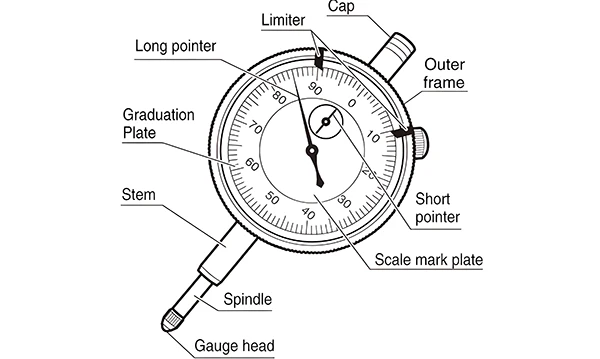
Telecommunication is a critical field of time metrology since it stamps and coordinates data transmission and network operations. This is equally important to GPS, which employs time measurements in the localization process, as well as in scientific research, which entails time-interval procedures.
| Branch of Metrology | Instrument | Measurement Range | Precision/Accuracy | Application Example |
| Dimensional | Vernier Caliper | 0 – 300 mm | ±0.02 mm | Measuring small dimensions of mechanical parts |
| Coordinate Measuring Machine (CMM) | 0 – 1000 mm (XYZ) | ±1 µm | Checking tolerances of large assemblies | |
| Laser Scanner | Up to 500 m | ±0.1 mm/10 m | Creating 3D models of objects | |
| Mass | Analytical Balance | 0.1 mg – 200 g | ±0.1 mg | Weighing pharmaceuticals or high-precision samples |
| Industrial Scale | 0 – 5000 kg | ±0.5 kg | Weighing bulk materials in production | |
| Mass Comparator | 1 g – 10 kg | ±0.01 mg | Calibrating weights and standards | |
| Time | Atomic Clock | Continuous (nanoscale) | ±1 ns (nanosecond) | Synchronizing GPS systems and scientific experiments |
| Stopwatch | 0 – 1000 s | ±0.01 s | Timing experiments and events | |
| Chronometer | 0 – 12 hours | ±1 s | Precise timekeeping for various applications | |
| Elétrico | Multimeter | 0 – 1000 V, 0 – 10 A | ±0.01% of reading | Measuring voltage, current, and resistance |
| Oscilloscope | 0 – 1 GHz | ±1% of reading | Analyzing waveform and signal changes | |
| LCR Meter | 0 – 10 µH, 0 – 100 µF | ±0.1% of reading | Measuring inductance, capacitance, and resistance |
Metrology in Everyday Life: Common Applications and Importance
There is no doubt that metrology is an essential component of many spheres of human activity. Its contribution is also decisive and affects the reliability of various simple activities of human life.
Cooking and Food Preparation
In culinary and food preparation, precision in measurements is an important aspect. It ensures that the desired results are optimum. Using cups or spoons to measure the ingredients like flour, sugar, and liquids ensures that the recipes meet the intended quality –taste and texture.
Measuring cups and spoons graduated to standard units can best be described as dimensional metrology. It incorporates some of its most straightforward principles. Likewise, thermometers gauge the finished internal temperature of foods. This verifies if they are safe for consumption at different stages of cooking.
Temperature control is critical in food preparation to enhance food safety, avoid bacterial growth, and have perfect food quality. The importance of these measurements is that they facilitate order and standardization in the quality and taste of food. They also deter food contamination and ensure the safety of human consumption.
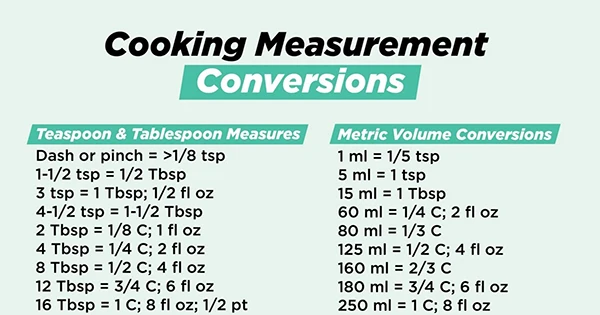
Health and Medicine
Accurately diagnosing diseases and treating patients is crucial in health and medicine. This is due to the need to avoid misdiagnosis and wrong treatments, which may even harm the patient. Healthcare products, including blood pressure and glucose measuring devices, thermometers, etc., must be highly accurate for proper diagnosis and treatment. Metrology is vital in standardizing and achieving the appropriate flow of these instruments for practical manufacturing.
Likewise, accurately measuring medication dosages is crucial in realizing the desired therapeutic outcomes. It minimizes any undesired side effects. Medicals used in scaling and syringing are highly standardized to provide accurate measurements of the required portions.
The significance of these precise measurements is high. They are crucial to avoid the wrong diagnosis and treatment of a disease. This is important in protecting the health of their patients as well as enhancing the success of treatment regimes.
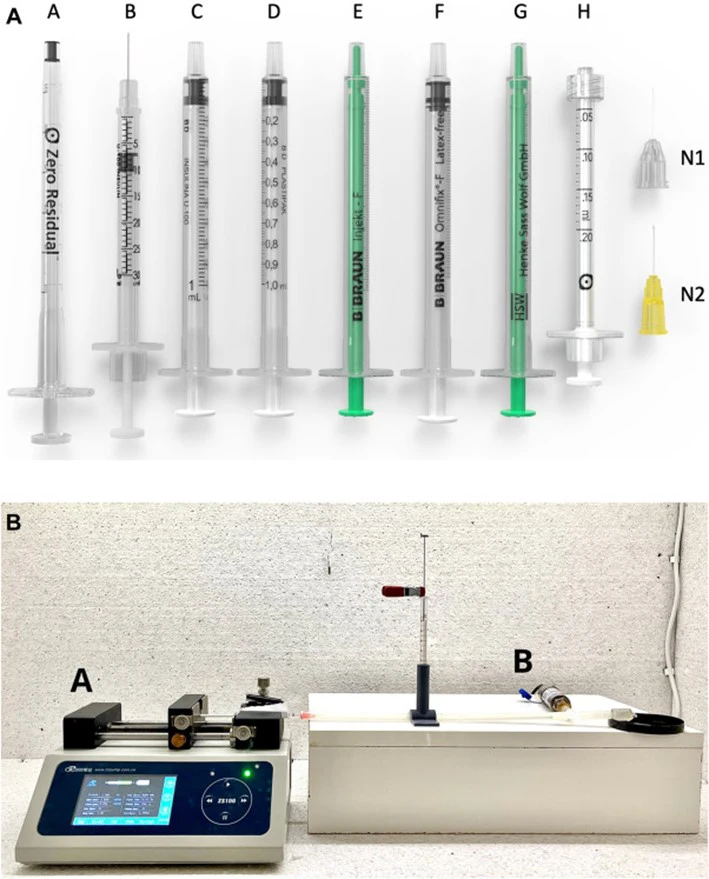
Personal Finance and Commerce
Accuracy is also critical in personal finance and commerce. It helps to achieve fairness and to maintain people’s confidence. Scales used to weigh fruits, vegetables, and meats in groceries ensure the correct prices for clients for goods. Such calibration is crucial to the concept of fair trade.
Likewise, the pumps used to dispense gas are very accurate. It eliminates any doubt about the amount a customer paid for the fuel, thus maintaining integrity in business. The importance of measurement in such situations is to maintain fairness by calculating the right portion or proportions or the proper measures to provide the consumers with.
Third, the calibrated equipment, if maintained, minimizes the chances of disputes. This enhances consumers’ confidence in commercial transactions.
Environmental Monitoring
In environmental observation, it is crucial to measure it to protect the environment and prevent the spread of diseases. Air and water quality monitors are vital in identifying the presence of pollutants and contaminants. It guarantees that the environment is healthy and conforms to legal requirements. These specific details are crucial in defending people’s well-being and maintaining nature.
Likewise, the meteorological instruments used for measuring the qualitative and quantitative values of weather conditions like temperature, humidity, and pressure provide the right and genuine outlook of the upcoming weather. It assists people in organizing their activities and acting appropriately concerning the weather conditions prevailing at that time.
All these measurements are essential because they provide a high level of safety for people and avoid problems connected with pollution.
The International System of Units (SI) and Its Relevance in Metrology
SI is an internationally recognized set of specifications for measurements that have received global recognition and apply in several areas of study. Established to provide a universal language for measurement, the SI system uses seven fundamental units. The basic units include meter (m) for length, kilogram (kg) for mass, and second (s) for time. Others include ampere (A) for electric current, kelvin (K) for temperature, mole (mol) for amount of substance, and candela (cd) for luminous intensity. Such base units, plus additional derived units like the newton (N) for force and Pascal (Pa) for pressure, enable accurate and repeatable measurements. The use of SI units globally makes measurements uniform and easily comparable. This is vital in research, development, and trading. Almost all countries today have incorporated SI units into their legal and regulatory systems. Thus, there tend to be harmonized data and results.
SI units also have a significant function in the acquisition and integrity of technological accuracy. Fundamental constants apply to new knowledge in science and technology, including the update of the kilogram in 2019. Therefore, the flexibility of the SI system guarantees that it is constantly up-to-date and functional in serving its purpose. It provides accurate measurements across various fields of science and engineering and for everyday use.
Conclusão
Metrology is an important science that aims to guarantee the quality of measurements in different fields of our lives. From its early-stage historic origination in commerce, it extends its uses in contemporary technologies and industries to support measures in various forms.
In industries, it is how product quality is assured. In law, fairness in trading is necessary in technological and scientific research. It includes making advancement of technology frontiers. Metrology employs framework structures such as the International System of Units (SI) to simultaneously communicate, share, and trust measurements.
For this reason, when technology keeps evolving, metrology will continue to play a significant role in guaranteeing accurate and credible measurements across the globe.
